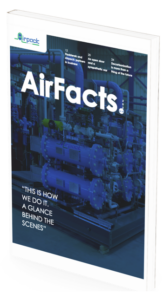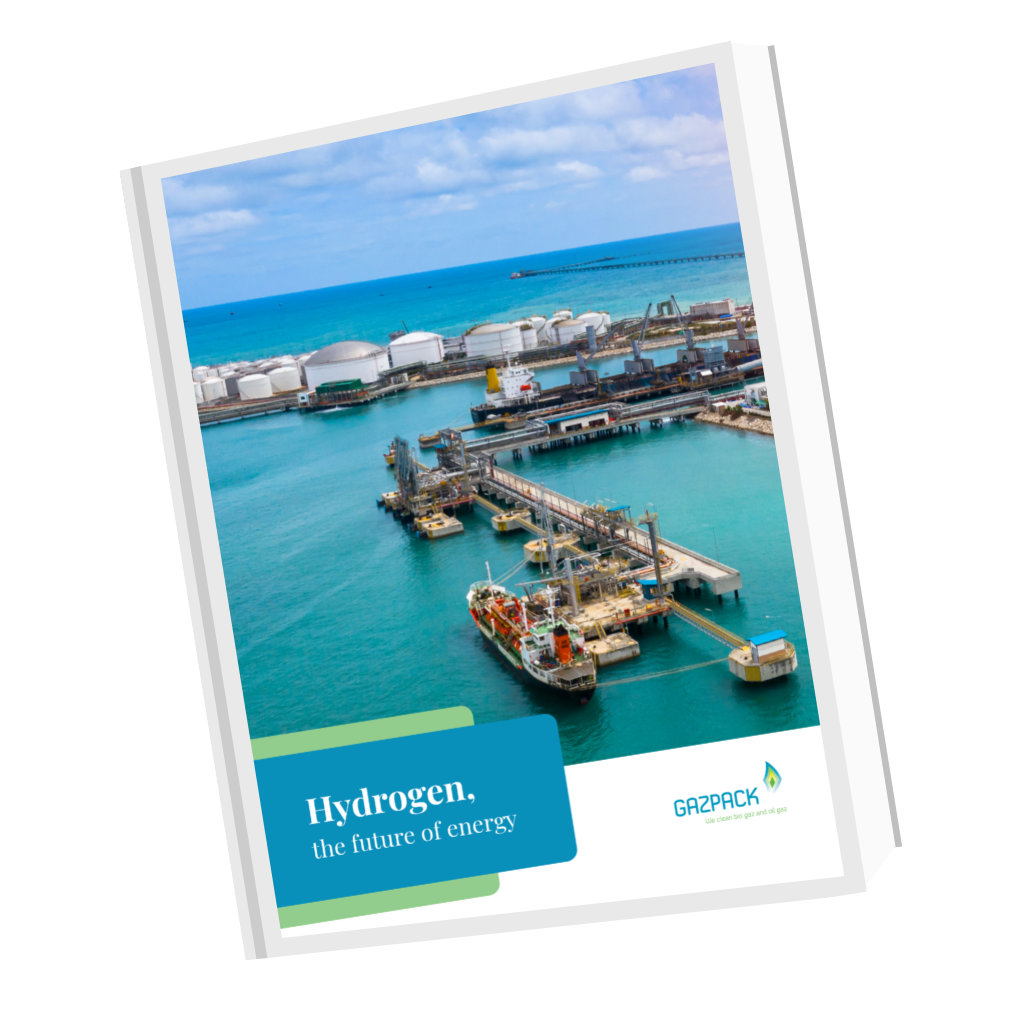Gas recycling
Looking to explore the world of biogas processing and handling solutions? Get instant access to our documents about biogas technology.
Given the pressing imperatives of climate change and energy independence, all kinds of economic, scientific and political forces are calling for greater fuel efficiency and energy innovation. With natural gas ranking as the most environmentally friendly fossil fuel — granted, some will argue this point — one way to make it a more economical resource is to recycle it for future use. The process of natural gas recycling is unique and its benefits are manifold. Why is this necessary?
The Importance of Recycling Natural Gas
When stacked up against oil and coal, natural gas shines as the cleanest burning fuel. Still, it is not pristine, especially when methane (CH4) — comprising 97 percent of natural gas — goes unburned. This residual methane serves as a major greenhouse gas, contributing significantly to global warming. Recycling can address this problem to some degree. In addition, the process makes overall production less expensive and, therefore, the product cheaper for the consumer. From this perspective, the question is not whether to recycle natural gas, but how to go about doing it.
How to Recycle Natural Gas
The recycling regime centers around capturing raw natural gas from renewable sources. What does that mean? Methane is retrievable from other points of supply than geological deposits. CH4 is also abundant when organic matter breaks down and eventually leads to methane release. This formation occurs when the organic materials lack oxygen, thus the term “anaerobic digestion” applies. As a rule, the organic matter can be as diverse as dead wildlife carcasses, fallen foliage, bird droppings, discarded food scraps, grass clippings or wastewater contents, to list just a few components of substrate. Yet, livestock manure and landfills are best known for the copious release of CH4.
When we talk recycling, we do not necessarily mean using the same material over again. Natural gas as a fossil fuel forms over eons so is not by itself a renewable energy source. Beginning as fossilized zooplankton and phytoplankton, these organisms settle on the ocean floor and then comingle with inorganic matter The energy of natural gas began as sunlight entrapped by the plankton. Clearly, this is an evolution spanning millennia and even millions of years. So, what is all this about recycling?
By apprehending the methane from landfills and manure lagoons — the raw version of which is called biogas — producers not only harvest a plentiful form of energy, they also prevent that CH4 from emitting into the atmosphere and wreaking environmental havoc as a noxious greenhouse gas. So, like household recycling, this involves separating the valuable components from the garbage. Extracting methane from waste is biogas recycling, i.e. separating a valuable power supply from the dreck.
Anaerobic Digestion
Capturing methane from organic materials is not a new thing. Biogas was used to fuel street lamps in the 19th century and for cooking in poor countries the world over. However, technology has improved to such a degree that biogas is available to electrical grids and public transit fleets. Yet anaerobic digestion works as it always has.
Taking manure as an example, the animal waste enters an oxygen-free tank for digestion to take place. The first phase is bacterial hydrolysis, where insoluble polymers are first broken down. Subsequently, acidogenesis serves to take the now usable compounds, i.e. sugars and amino acids, and further reconfigure them into carbon dioxide (CO2), ammonia (NH3), hydrogen (H) and organic acids. Thirdly, acetogenesis converts the organic acids into acetic acid. Finally, methanogens transform the NH3, CO2, H and acetic acid into CH4 and CO2. The only task remaining is to purify the methane of the carbon dioxide and trace substances.
The remaining material is digestate. This is often synthesized for fertilizer, bedding and a host of other uses. Meanwhile, the methane requires processing depending on its final use. As noted above, digester technology continues to grow in sophistication. Digesters fall into four broad categories.
1. Complete mix digesters — are widely used in the United States. This design keeps the substrate constantly stirred and the heat at precisely optimal temperatures. The tanks are of concrete or steel composition, and receive substrate diluted as to make mixing easier.
2. Plug flow digesters — receive new feedstock (substrate) without applying significant heating or mixing. The tanks have a lengthy and narrow shape. These digesters appear primarily on dairy farms where manure is collected through scraping.
3. Mixed plug flow digesters — are a sort of hybrid between complete mix and plug flow designs. Regular mixing is present but dilution of substrate is not. These digesters, too, perform best in dairy operations and, like plug flow, the tanks are below ground.
4. Dry digesters — accumulate organic material into a pile and spray the heap with microbes and fresher feedstock. Malleable bladders sit above the tank contents and receive the ascending biogas. True to its name, the dry digester processes feedstock with the highest percentage of solids. It is particularly accommodating to vegetative waste from yards.
In summary, natural gas is not subject to recycling in the traditional sense. Instead, renewable natural gas, biogas, supplements geological natural gas and is available in a seemingly limitless supply. This holds promise for green energy projects.




